Exercise, physical therapy, and top-flight medical care are part of an extensive animal wellbeing program.
BALTIMORE, MD – Like humans, animals can feel the effects of age. But a comprehensive wellness program at the Maryland Zoo is helping its animals live longer, healthier lives.
“We have several animals that qualify as senior citizens,” said Margaret Rose-Innes, General Curator at the Maryland Zoo. “Our African elephant, Anna, is 48, Joice the chimpanzee is 51, and Caesar our male reticulated giraffe is 16.”
Their ages are near or well above the median life expectancy for each individual species, which is: 39.4 years for a female African elephant (Loxodonta Africana), 40.2 for a female chimpanzee (Pan troglodytes), and 15.1 years for male giraffes (Giraffa camelopardalis).
“We’re constantly thinking about the animals and their specific needs, particularly as advancing age requires special attention,” said Dr. Ellen Bronson, Sr. Director of Animal Health, Conservation & Research.
The Zoo’s keepers closely monitor each animal’s behavior and are keenly aware of even subtle changes. Is the animal moving differently? Is its food intake or waste output different?
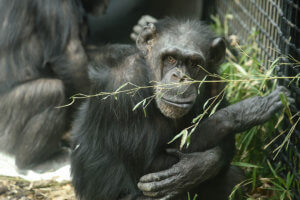
Changes like these are noted and, if they persist, keepers will begin a series of conversations with departmental managers, species curators, and the veterinary staff to look into what could be happening. Together, these experts develop an individualized care plan.
During a routine physical several years ago, Joice the chimp was diagnosed with age-related hip arthritis that was limiting her mobility at times. So the Zoo staff designed a physical therapy routine Joice does every day.
“We can tell by her improved range of motion, her continued energy level, and the way she interacts with the rest of the troop that Joice has really benefited from the therapy,” Dr. Bronson said. “As an added benefit, we don’t have to constantly administer medications that we would have, otherwise.”
Physical accommodations are also important. “Joice isn’t able to climb and swing like she used to so we provide environments with other things she enjoys doing,” Rose-Innes said.
For Caesar the giraffe and Anna the elephant, their enormous size leaves them prone to joint and hoof or foot issues, particularly as they lose muscle density as part of the normal aging process.
In addition to strength and mobility-enhancing exercises and anti-inflammation medications, we provide both Caesar and Anna with different flooring materials that are more gentle on their joints. We also monitor them overnight on remote cameras for added information.
“Seeing how they carry their weight and how they sleep helps us understand the full picture of health,” Rose-Innes said. “Depending on how well they sleep we’ll adjust activity levels for Caesar or Anna the following day.”
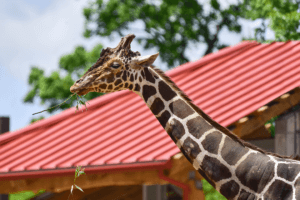
Many large animals eventually stop lying down at night because it becomes too difficult to stand back up.
“Animals like giraffes, elephants, even horses, can sleep standing as long as they can support their weight. So it’s important for us to help them maintain overall strength as they age,” Rose-Innes said.
Beyond observation, the Zoo utilizes the same diagnostic equipment common in human care, like X-rays, ultrasounds, and echocardiograms. For advanced diagnostics, like CTs and MRI’s, the Zoo partners with local medical facilities. Here, too, training that preps the animal for what to expect makes these experiences less stressful.
“We provide a holistic level of care to our animals as they age that prioritizes their medical, physical, and emotional wellbeing,” Zoo President and CEO Kirby Fowler said. “As an industry, zoos are having a lot of success helping their animals live longer than counterparts in the wild, and the experience we’re gaining will continue to improve the standards of care for generations to come.”

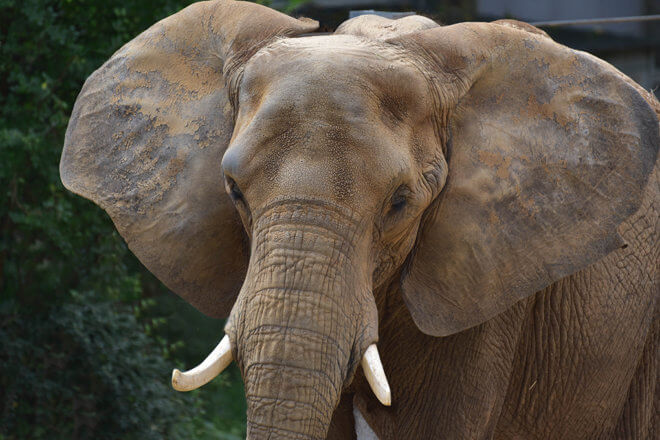
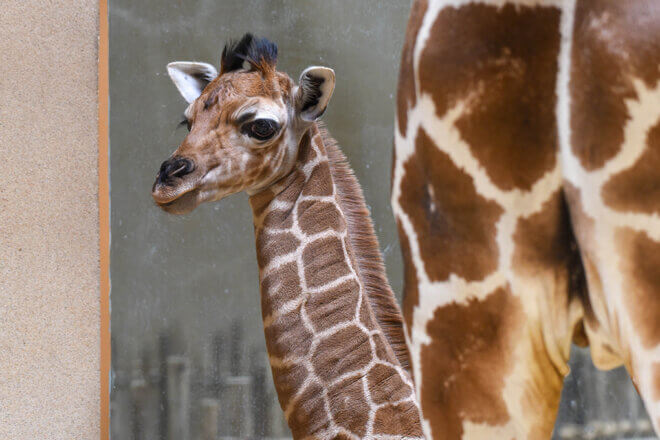
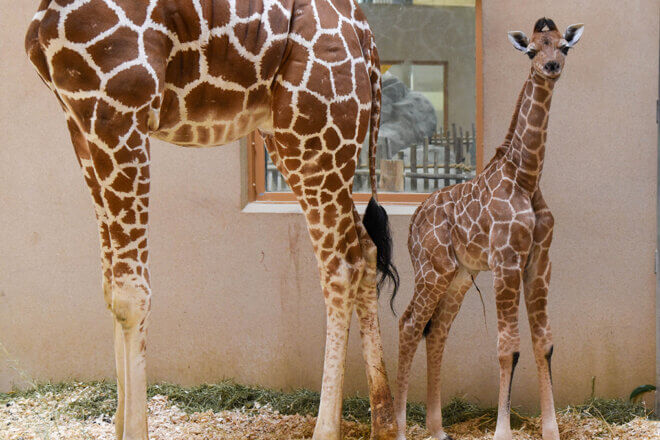

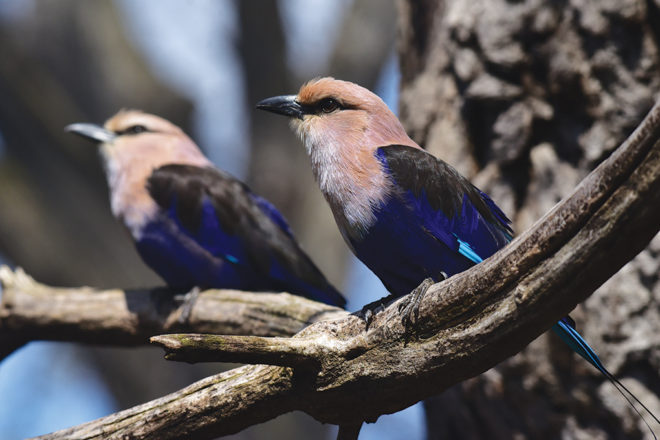
Share this article